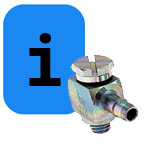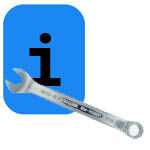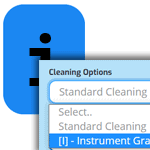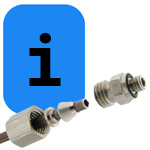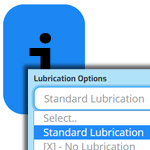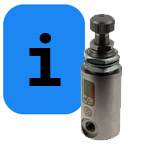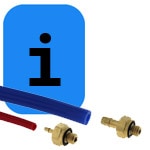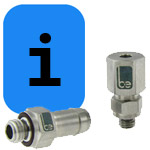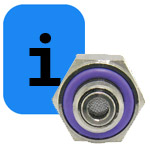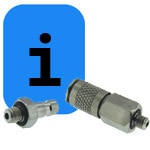Specialty Inert Coatings From SilcoTek®
Beswick Engineering is now able to provide SilcoTek® inert coatings for most metallic components. SilcoTek® offers several chemical vapor deposition (CVD) coating options that improve the inertness, durability and corrosion resistance of our stainless steel products. If you have a demanding application please contact a Beswick applications engineer and we will be happy to discuss […]
